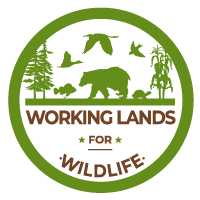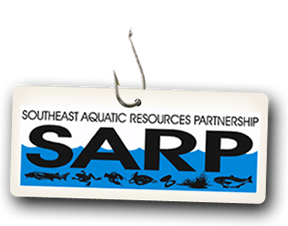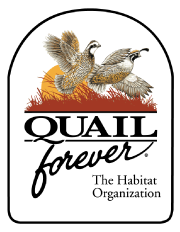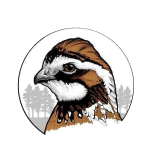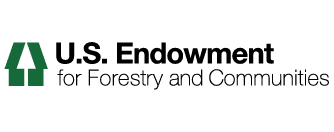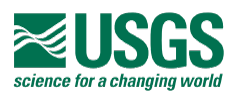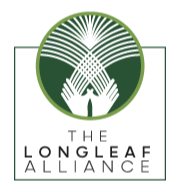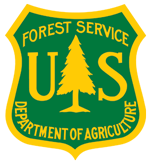SE FireMap Data Products
The SE FireMap Datasets
Tall Timbers Research (TTR) developed the SE FireMap (SEFM) dataset using the U.S. Geological Survey’s Landsat Burned Area product, which provides burn probability (BP) data from satellite imagery collected every 8 to 16 days at 30-meter resolution. For each year, TTR aggregated the maximum burn probability for each pixel and applied a 90% threshold to identify likely burned areas. To reduce noise and improve accuracy, small detections under 2.45 acres were removed and a 3x3 majority filter was applied. The result was a set of annual burned area rasters, which were then converted to polygons and enriched with land cover and burn date information. Finally, the yearly burn layers were combined to produce a comprehensive fire history map, showing which areas burned, when, and how often over the full study period.
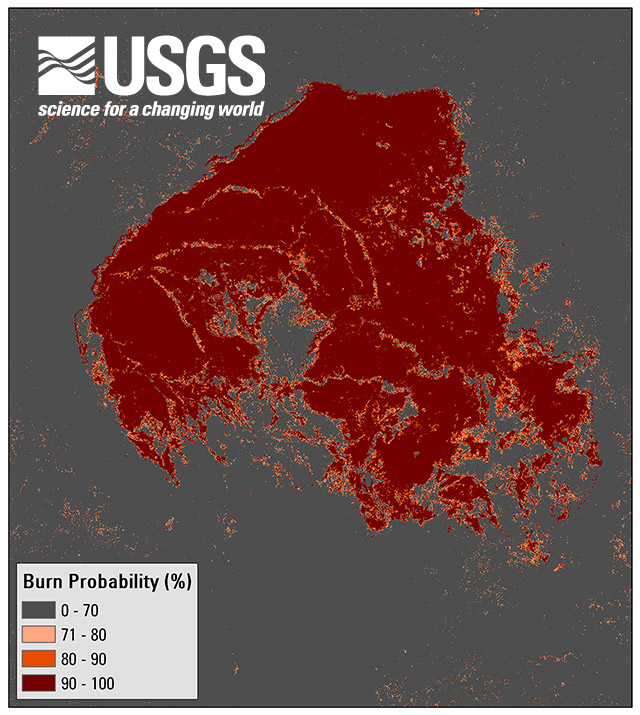
SE FireMap Data Request:
The SE FireMap data is available for download on a case-by-case basis. To submit a request, please review and fill out the data use agreement form.
SE FireMap Data and Methodology Code Book
A thorough review of the data and the methodology used to create the data used in the SE Firemap.
Read moreSE FireMap Technical Documentation Video Series
This video series provides an in-depth look at the technical process behind the creation of the SE FireMap.
Read moreKnown Limitations & Considerations for Users
The SE FireMap (SEFM) dataset is based on 30-meter resolution satellite imagery and has known limitations common to remotely sensed fire products. In some cases, known fires may not be detected, while in others, areas may be mapped as burned where no fire occurred or where fires were incomplete or low severity (Vanderhoof et al. 2017). These discrepancies may result from several factors, including rapid changes in land cover in agricultural and developed areas, which complicate the ability to distinguish fire-related changes from other disturbances.
High soil moisture can also interfere with detection—wet soils appear darker and may be misclassified as burned, while fires in moist conditions may be patchy and less visible (Flasse et al. 2004). Additional limitations include:
- Rapid vegetation green-up following a fire, which reduces the burn signal.
- Cloud cover and shadows obscuring or mimicking burn areas.
- Difficulty detecting low-intensity fires beneath dense tree canopies.
- The 30-meter resolution may miss small or fine-scale burns (Hawbaker et al. 2008, 2017).
Important User Notes:
- Fire History Metrics (FHMs) are designed to complement, not replace, locally maintained fire records.
- The minimum detectable fire size is approximately 2.45 acres (11 contiguous 30-meter pixels), making the product most appropriate for regional or sub-regional assessments.
- This dataset may not be suitable for detailed site-level decision-making but can offer valuable insights into general fire regime patterns on both public and private lands.
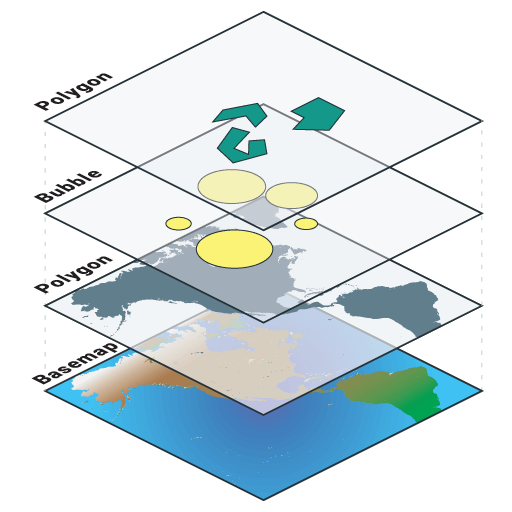
Geodatabases Available for Download:
BurnedAreaPolys.gdb - contains annual feature layers representing burn detections for any given year.
BurnedAreaRasters.gdb - contains annual raster layers representing burn detections and data masks for any given year.
FireHistoryMetrics.gdb - contains four raster layers representing fire history metrics (FHM) throughout the time series. Additionally, it contains a polygon layer representing pixels that have shared fire histories throughout the time series and binary burn presence/absence data for each year.
Release Schedule of SE FireMap Data Releases
- SE FireMap Data 1984-2022
- SE FireMap Data 1984-2023
- SE FireMap Data 1984-2022
Release Schedule of Datasets Related to SE FireMap
- 2022 Landsat Burned Area products and 1984 – 2022 fire history metrics
- 2022 HLS Burned Area products and 2013 – 2022 fire history metrics
- 2023 Landsat Burned Area products and 1984 – 2022 fire history metrics
- 2023 HLS Burned Area products and 2013 – 2022 fire history metrics
- 2024 Landsat Burned Area products and 1984 – 2022 fire history metrics
- 2024 HLS Burned Area products and 2013 – 2022 fire history metrics

